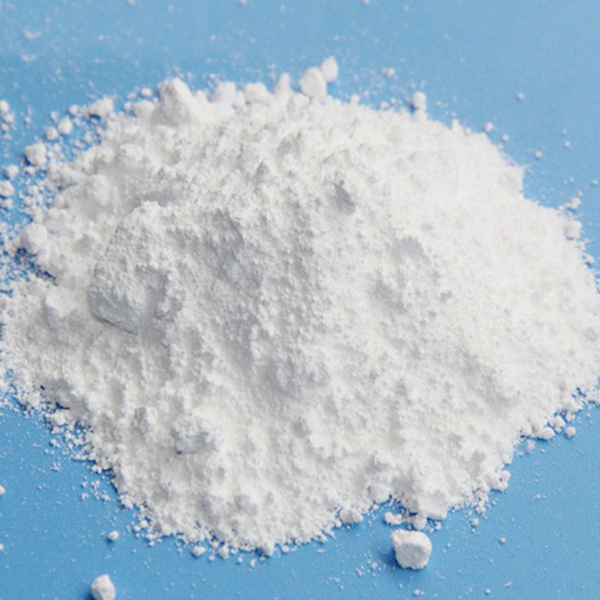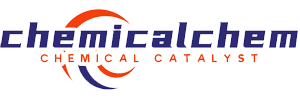inorganic flame retardants are mainly aluminum hydroxide and magnesium hydroxide. currently, inorganic flame retardants are basically used abroad, including the united states, japan, and western europe the consumption of inorganic flame retardants is the largest. both aluminum hydroxide and magnesium hydroxide are white powders. the dehydration temperature of aluminum hydroxide is 200°c, and the dehydration temperature of magnesium hydroxide is 340°c. magnesium hydroxide has a high thermal decomposition temperature, which is 140°c higher than that of aluminum hydroxide. it allows synthetic materials added with magnesium hydroxide to withstand higher processing temperatures, which is beneficial to speeding up the extrusion speed and shortening the molding time. it also helps improve flame retardant efficiency. the fine particle size of magnesium hydroxide causes less wear on equipment and is beneficial to extending the service life of processing equipment. since magnesium hydroxide has many advantages over aluminum hydroxide, magnesium hydroxide accounts for an increasing proportion. magnesium hydroxide has better smoke suppression effect than similar inorganic flame retardants. magnesium hydroxide does not emit harmful substances during production, use and disposal, and it can also neutralize acidic and corrosive gases produced during combustion.

when aluminum hydroxide and magnesium hydroxide are used alone as flame retardants, the dosage is generally between 40% and 60%, which seriously affects the mechanical properties of the material. uniform dispersion has become the most important issue in processing engineering. selecting a surface modifier with excellent performance and surface modification of magnesium hydroxide is the first task before using magnesium hydroxide. the purpose is to increase the surface activity of particles, improve dispersion, improve flame retardant effect, improve compatibility with polymer materials, and improve impact resistance and thermal properties.
among non-halogen flame retardants, red phosphorus is a better flame retardant with the advantages of low addition amount and wide range of uses. ordinary red phosphorus easily absorbs moisture and has poor compatibility with polymer materials. it is particularly prone to spontaneous combustion and cannot be used in practice. microencapsulated red phosphorus flame retardant reduces the activity of red phosphorus and solves the compatibility problem. the red phosphorus content is about 85%, but the problem of spontaneous combustion has not been effectively solved, and dust pollution is serious. red phosphorus masterbatch is a combination of red phosphorus, aluminum hydroxide, expanded graphite and other inorganic flame retardants, and uses a matrix resin as a carrier to form dark red particles. the safety problem has been solved. it has low smoke and high flame retardant efficiency; no dust pollution, excellent processing performance; low density, good thermal stability, little decrease in the physical properties of the product; no frost, no migration, no corrosion of the mold during processing, especially the product has high the leakage resistance index (cti) has obvious advantages in electronic and electrical applications.
the main disadvantage of red phosphorus masterbatch is the color tone problem. in addition to dark red and black, it cannot give products more color choices. red phosphorus masterbatch is used for flame retardancy of general plastics, rubber, polyethylene, polypropylene and other materials lacking oxygen elements. it is best used in combination with magnesium hydroxide and aluminum hydroxide; used for pet, pc, pbt, pa, etc. oxygen-rich materials can be used alone for flame retardancy; during processing, in order to achieve the best dispersion of red phosphorus, a certain amount of dispersant can be added.

 微信扫一扫打赏
微信扫一扫打赏

